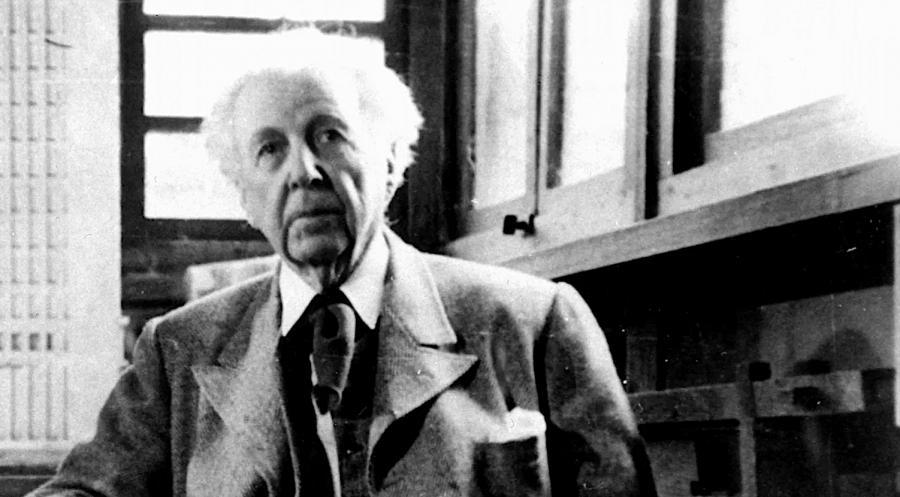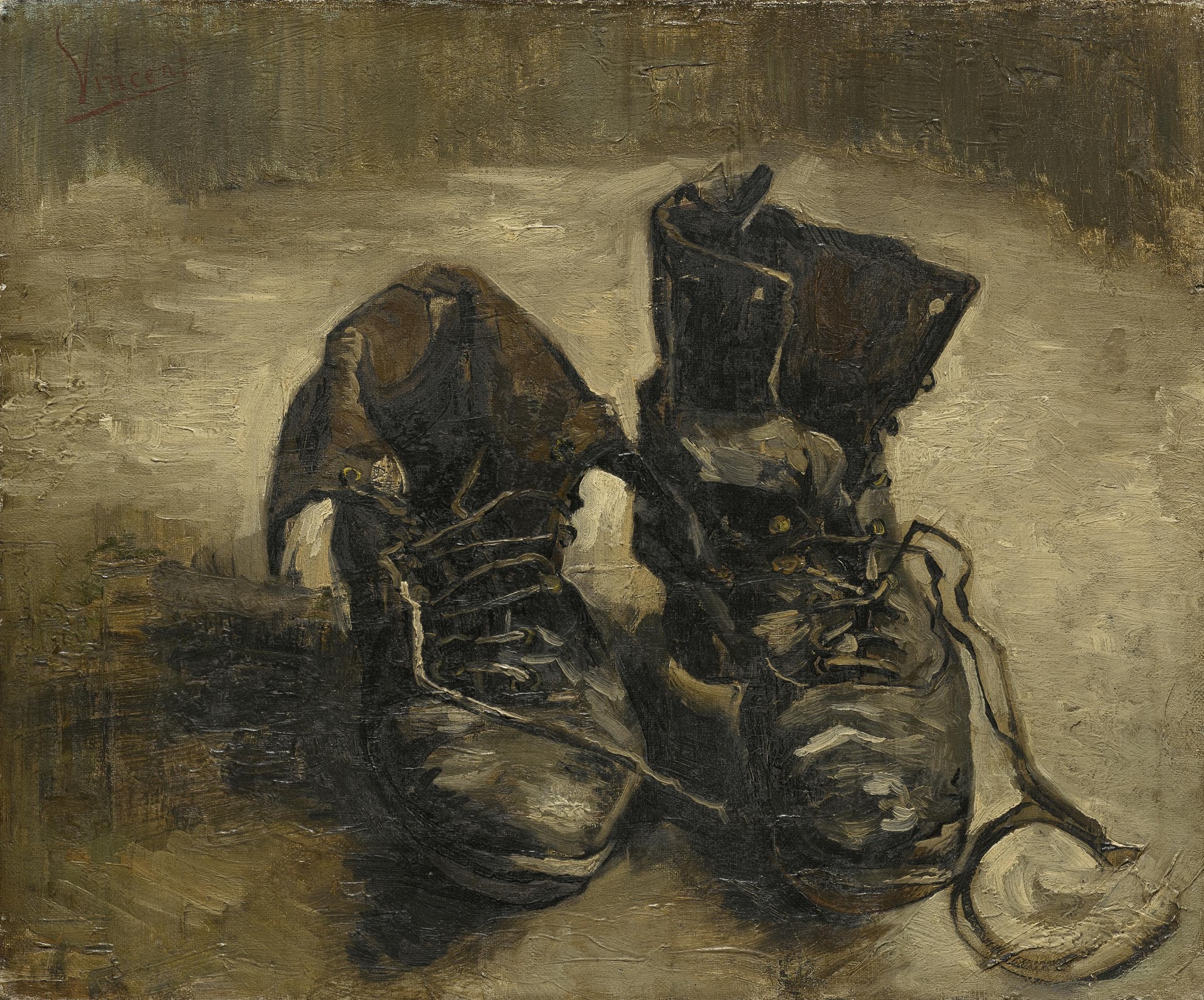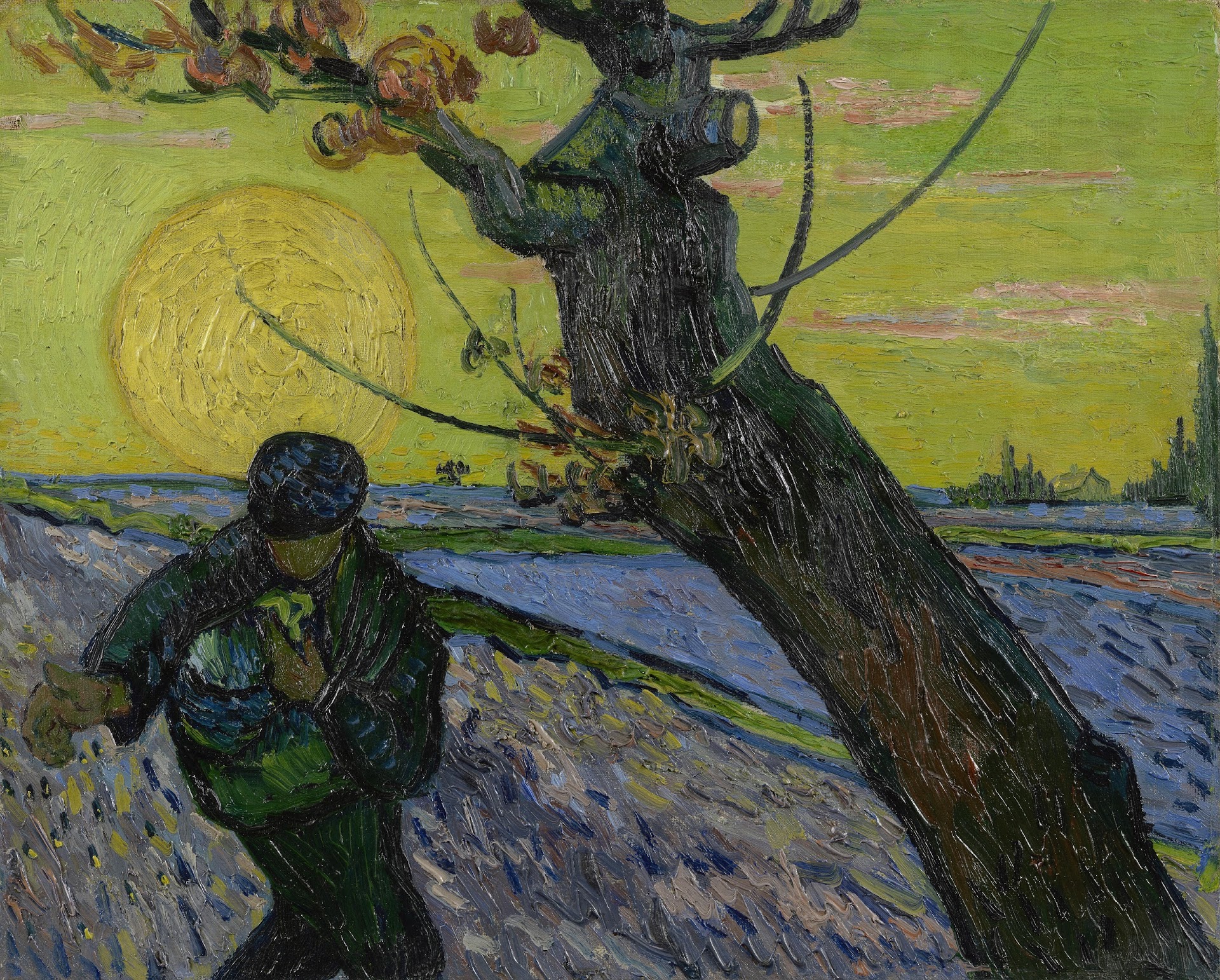I have followed several debates recently about the lack of arts and humanities education in STEM programs. One argument runs thus: scientists, engineers, and programmers often move into careers designing products for human use, without having spent much time learning about other humans. Without required courses, say, in psychology, philosophy, sociology, literature, etc., students can end up unthinkingly reproducing harmful biases or overlooking serious ethical problems and social inequities.
Technological malpractice is bad enough. Medical malpractice can have even more immediately harmful, or fatal, effects. We might take for granted that a doctor’s “bedside manner” is purely a matter of personality, but many medicals schools have decided they need to be more proactive when it comes to training future doctors in compassionate listening. And some have begun using the arts to foster creative thinking and empathy and to improve doctor-patient communication. The verbally-abusive Dr. House aside, the best diagnosticians actually have sympathetic ears.
As Dr. Michael Flanagan of Penn State’s College of Medicine puts it, “Our job is to elicit information from our patients. By communicating more effectively and establishing rapport with patients so they are more comfortable telling you about their symptoms, you are more likely to make the diagnosis and have higher patient satisfaction.” From the patient side of things, an accurate diagnosis can mean more than “satisfaction”; it can mean the difference between life and death, long-term suffering or rapid recovery.
Can impressionist painting make that difference? Dr. Flanagan thinks it’s a start. His seminar “Impressionism and the Art of Communication” asks fourth-year medical students to engage with the work of Vincent van Gogh and Claude Monet, in exercises “ranging from observation and writing activities to painting in the style of said artists,” notes Artsy. “Through the process, they learn to better communicate with patients by developing insights on subjects like mental illness and cognitive bias.” Why not just study these subjects in psychology courses?
One answer comes from Penn State associate professor of art history Nancy Locke, who presents to Flanagan’s classes. “Art can make people see their lives differently,” she says, “Doctors will see people regularly with certain problems.” And they can begin to schematize their patients the way they schematize diseases and disorders. “But a painting can continue to be challenging, and there are always new questions to ask.” Impressionist painting represents only one road, among many others, to the ambiguities of the human mind.
Another Penn State professor, Dr. Paul Haidet, director of medical education research, offered a seminar on jazz and medical communications to fourth-year students in 2014 and 2015. As he mentions in the video above, Flanagan himself took the course. “Just as one jazz musician provides space to another to improvise,” he tells Penn State News, “as physicians we need to provide space to our patients to communicate in their own style. It was a transformational experience, unlike anything I ever had in medical school myself.” He was inspired thereafter to introduce his painting course.
One could imagine classes on the Victorian novel, modernist poetry, or improvisational dance having similar effects. Other medical schools have certainly agreed. Dr. Delphine Taylor, associate professor of medicine at Columbia University Medical Center, “emphasizes that arts-focused activities are important in training future doctors to be present and aware,” Artsy writes, “which is more and more difficult today given the pervasiveness of technology and media.” Arts programs have also been adopted in the medical schools at Yale, Harvard, and UT Austin.
The precedents for incorporating the arts into a science education abound—many a famous scientist has also had a passion for literature, photography, painting, or music. (Einstein, for example, wouldn’t be parted from his violin.) As the arts and sciences grew further apart, for reasons having to do with the structure of higher education and the dictates of market economies, it became far less common for scientists and doctors to receive a liberal arts education. On the other hand, todays liberal arts students might benefit from more required STEM courses, but that’s a story for another day.
via Artsy
Related Content:
Your Brain on Art: The Emerging Science of Neuroaesthetics Probes What Art Does to Our Brains
The Musical Mind of Albert Einstein: Great Physicist, Amateur Violinist and Devotee of Mozart
Josh Jones is a writer and musician based in Durham, NC. Follow him at @jdmagness













